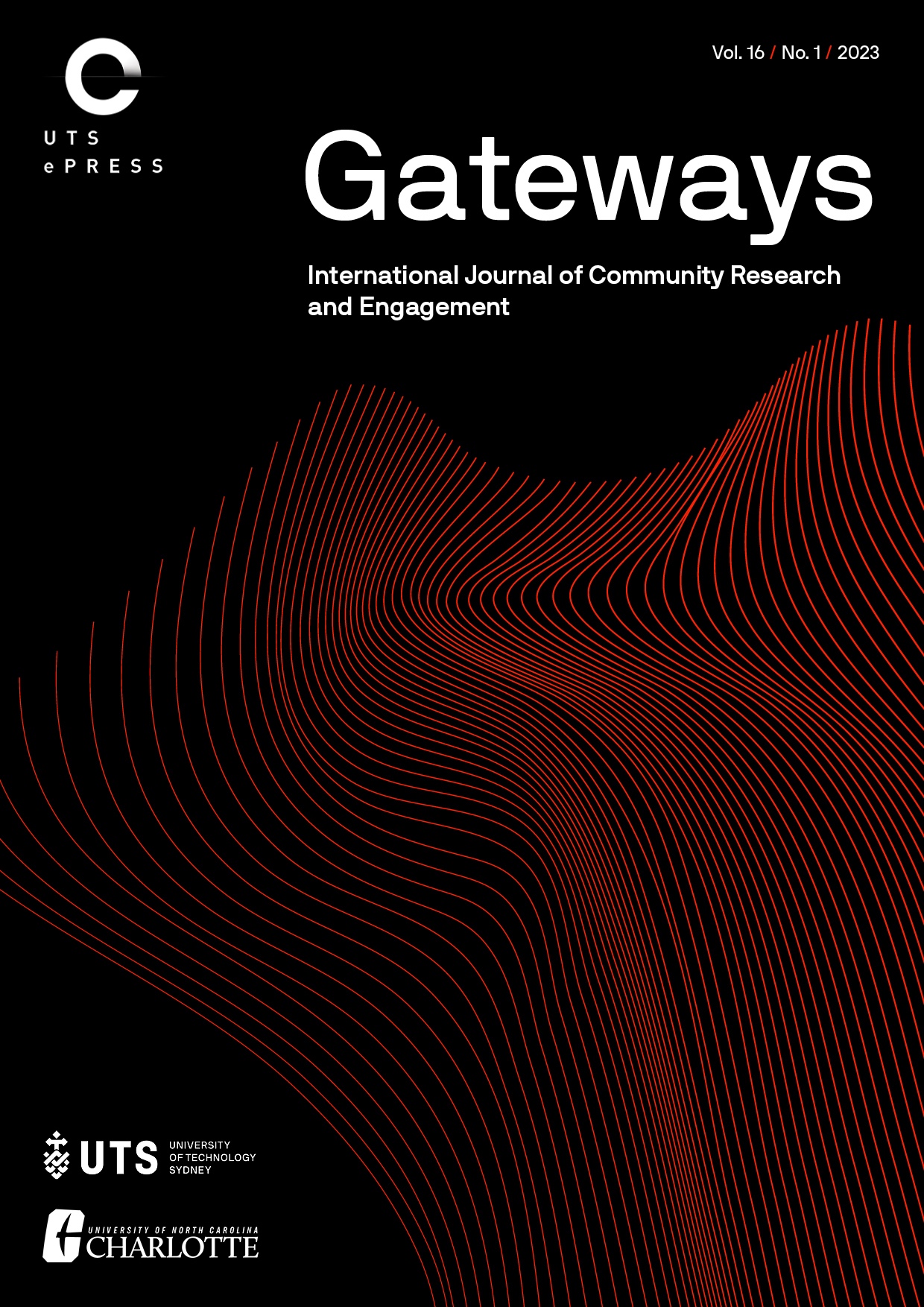'Entrance fees': Black youth and access to artistic production in Gqeberha, South Africa
Main Article Content
Abstract
The arts sector in South Africa is portrayed as a multiracial, emancipatory and inclusive sector that promises to reduce youth unemployment and to mitigate inequality. In post- apartheid art institutions, artistic merit and perseverance are deemed to be sufficient in order to access the art sector and its market. The paths of individual black artists from poor areas who have succeeded in accessing the institutional art circuit are praised by the media, policymakers and curators. A romanticisation of their efforts is coupled with identifying them as role models for younger generations.
Despite emphasis on the inclusivity of the art sector and the hailing of successful paths, black artists report a long-standing difficulty in gaining access to, and being fully accredited in, the institutional art circuit. The ambiguity of the art sector, which claims to be inclusive in word but is de facto exclusionary, deeply affects young black artists whose first steps into the art sector are often accompanied by a feeling of uneasiness and bewilderment.
Drawing on the multivocal accounts of the everyday life of young black artists who work in the field of performance art in Gqeberha, this article unveils the ‘entrance fees’ that black artists have to negotiate in order to access the institutional art circuit, i.e. the obstacles they have to overcome, but also the deals and concessions they have to make in order to build their career and be fully recognised as artists.
Moreover, the article sheds light on a double invisibility in the performing arts sector: on one side the economic, spatial and reputational obstacles that artists deal with are dismissed as part of the everyday life of individuals coming from marginal areas; on the other side, the performing arts and spaces that young black artists create within alternative or complementary circuits are not considered part of the city’s artistic production.
Article Details
Issue
Section
Authors who submit articles to this journal from 31st March 2014 for publication, agree to the following terms:
a) Authors retain copyright and grant the journal right of first publication with the work simultaneously licensed under a Creative Commons Attribution License that allows others to share and adapt the work with an acknowledgement of the work's authorship and initial publication in this journal.
b) Authors are able to enter into separate, additional contractual arrangements for the non-exclusive distribution of the journal's published version of the work (e.g., post it to an institutional repository or publish it in a book), with an acknowledgement of its initial publication in this journal.
c) Authors are permitted and encouraged to post their work online (e.g., in institutional repositories or on their website) prior to and during the submission process, as it can lead to productive exchanges, as well as earlier and greater citation of published work (See The Open Access Citation Advantage Service). Where authors include such a work in an institutional repository or on their website (ie. a copy of a work which has been published in a UTS ePRESS journal, or a pre-print or post-print version of that work), we request that they include a statement that acknowledges the UTS ePRESS publication including the name of the journal, the volume number and a web-link to the journal item.
d) Authors should be aware that the Creative Commons Attribution (CC-BY) License permits readers to share (copy and redistribute the work in any medium or format) and adapt (remix, transform, and build upon the work) for any purpose, even commercially, provided they also give appropriate credit to the work, provide a link to the license, and indicate if changes were made. They may do these things in any reasonable manner, but not in any way that suggests you or your publisher endorses their use.
For Volume 6 (2013) and before, the following copyright applied:
Articles published by UTSePress are protected by copyright which is retained by the authors who assert their moral rights. Authors control translation and reproduction rights to their works published by UTSePress. UTSePress publications are copyright and all rights are reserved worldwide. Downloads of specific portions of them are permitted for personal use only, not for commercial use or resale. Permissions to reprint or use any materials should be directed to UTSePress.
